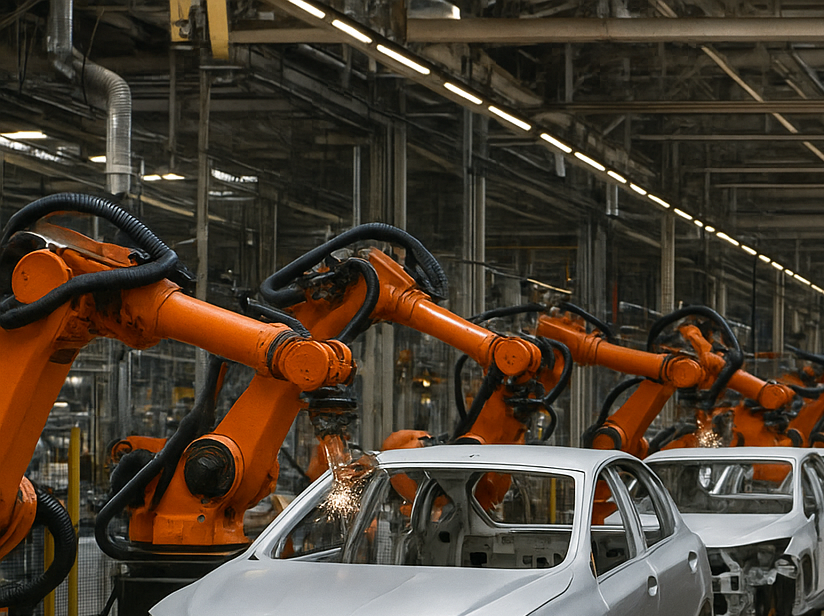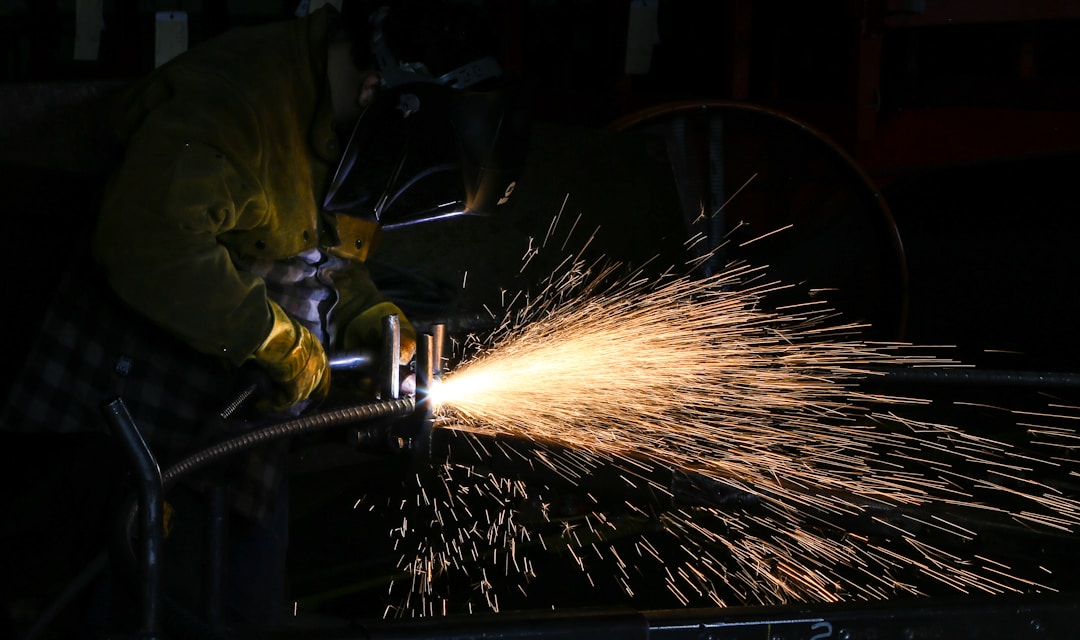What impact will the new steel mills in the United States have on the global steel market?
2025-04-09
New steel mills in the United States may have a multi-faceted impact on the global steel market:
Supply:
Increase global steel production capacity: New steel mills in the United States mean an increase in global steel production capacity, which may alleviate the problem of steel supply shortages in some regions to a certain extent. Especially for the United States itself, new steel mills will help increase its domestic steel self-sufficiency rate, reduce its dependence on imported steel, and enhance its stability in steel supply.
Change the regional distribution of supply: The construction of new steel mills may change the regional distribution of global steel supply. The increase in US steel production may reduce its imports from other countries, thereby affecting the market share of other steel exporting countries. For example, countries that originally exported a large amount of steel to the United States may need to find new markets to digest their excess production capacity.
Demand:
Affect the structure of steel demand: The construction of new steel mills in the United States is based on its expectation of domestic steel demand growth. If these new plants can be successfully put into production and meet domestic demand in the United States, they may reduce the United States' demand for imported steel, thereby affecting the global trade flow of steel. At the same time, the development of the US steel industry may also drive the development of related downstream industries, such as automobiles, construction, machinery and other industries, thereby stimulating further growth in demand for steel and changing the structure of global steel demand.
Driving the growth of demand for high-end steel: When building new steel mills, the United States often focuses on adopting advanced technology and equipment to produce high-quality and high-performance steel products to meet the needs of its high-end manufacturing industry. This may drive the growth of demand for high-end steel in the global market, prompting steel companies in other countries to increase their investment in technology research and development and product upgrades to improve their competitiveness.
Price:
Short-term price stability: In the short term, the release of production capacity of new steel mills in the United States may have a certain stabilizing effect on the price of the global steel market. As the United States' steel production increases, its demand for imported steel decreases, and the pressure on steel supply in the international market may be alleviated, thereby avoiding large fluctuations in steel prices.
Long-term or triggering price competition: In the long run, the continuous increase in new production capacity may lead to intensified competition in the global steel market, which in turn triggers price competition. After the products of new steel mills in the United States enter the international market, they will compete with steel products from other countries. In order to compete for market share, steel companies may lower prices, which may put downward pressure on global steel prices.
Technology:
Accelerate technological innovation and promotion: The United States has always been in a leading position in steel production technology, and new steel mills usually use advanced production technology and equipment. This will accelerate the innovation and promotion of steel production technology, and prompt steel companies in other countries to speed up the pace of technological upgrading to improve production efficiency and product quality. For example, the application of green steel production technology, intelligent manufacturing technology, etc. in the United States may have a positive impact on the technological development of the global steel industry.
Raising the technical threshold of the industry: The technical standards and environmental protection requirements of new steel mills in the United States may be high, which will raise the technical threshold of the global steel industry. In order to meet these standards and requirements, steel companies in other countries need to increase their efforts in technology research and development and environmental protection investment, which may lead to the elimination of some companies with backward technology and substandard environmental protection, thereby promoting the integration and upgrading of the global steel industry.
Trade:
Triggering changes in trade frictions: New steel mills in the United States may change its policies and attitudes on steel trade. If the United States' steel production capacity can meet domestic demand, it may reduce import restrictions on steel products from other countries, but at the same time it may also strengthen the protection of its own steel industry and take some trade protectionist measures to prevent steel products from other countries from impacting its domestic market. This may trigger new trade frictions and affect the liberalization process of global steel trade.
Impact on trade pattern: The products of newly built steel mills in the United States will not only meet the needs of the domestic market, but may also be exported to other countries, which will change the pattern of global steel trade. The export of American steel products may squeeze the market share of other steel exporting countries to a certain extent, and also affect the trade relations between different countries.
RELATED BLOG







